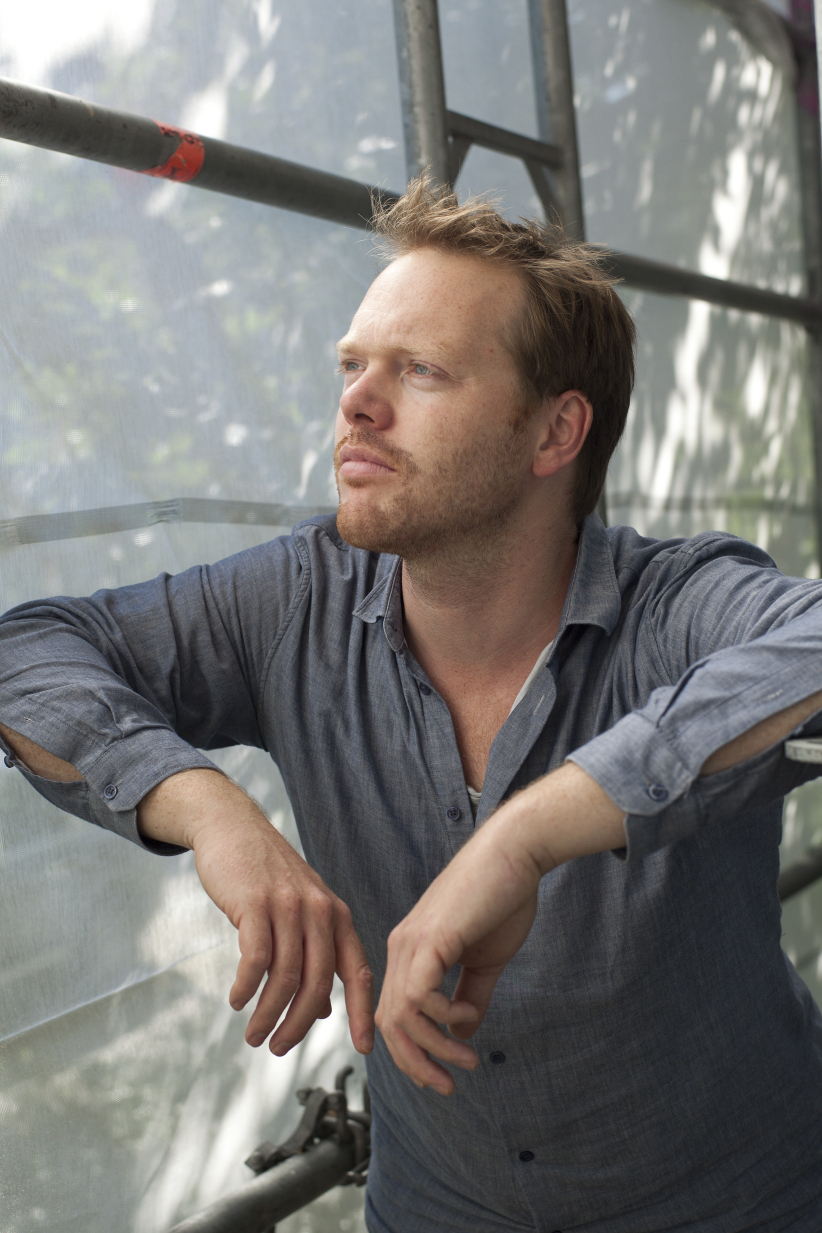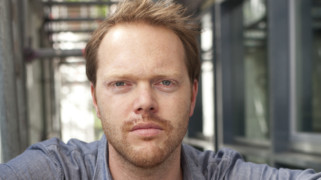Products vs. moving targets
Recently I participated in a workshop organised by the Hightech-Forum, the German federal advisory board on technology policy matters. Although focused on the German ‘high tech strategy 2025’, in this occasion the Forum had assembled practitioners, policy makers, researchers and entrepreneurs from around Europe to share insights on how social innovation might enable social integration. To get some coordinates on what we are talking about, they had arranged for two practitioners and a research director to share about the work they do. Their excellent contributions could have potentially really helped the discussion much in terms of getting beyond theory and assumptions and really dig deeper in what ‘social integration’ looks like on the ground. By that I mean: in the everyday life of those who, for one reason or another, are not included in discussions, decision making and don’t have the agency of making one’s own life better.
First thing to say about the workshop: a very interesting and diverse group of people indeed. I thoroughly enjoyed the talks of Christin Skiera (Politics for Tomorrow), Marc Aguilar Santiago (BitLab Culture Barcelona), Prof. Dr. Sabine Junginger (Lucerne University of Applied Sciences) and Leonie van den Beuken (Amsterdam Smart City). There was some really vivid discussion about what their thoughts, ideas, experiences and actions might teach us––especially since they come from such different perspectives. In this short piece I already mentioned how necessary I think that is.
[…] we were talking about social innovation in terms of it being a thing, a product, rather than a process
Another thing that I, with some delay, want to share about the workshop: why did we not manage to really go beyond theory and assumptions of social innovation? Part of the reason lies, I think, in the fact that in how we were talking about social innovation that day (including in the draft paper that was input for the discussion) was in terms of it being a thing, a product, rather than a process. The Forum defines social innovation as: “New social practices and organisational forms, which aim to find sustainable solutions for the challenges our society faces”.
I have two types of problems with that. The first is about the frame this implicitly places around social innovation––or innovation in general, for that matter. So when social innovation is depicted as a product, a thing or service at the end of the production line, the frame is rather about outcomes than about the underlying processes that may lead to these types of outcomes. This ‘product’ frame around social innovation oversimplifies things and doesn’t, I think, do justice to the complex nature of the processes that need going through before we arrive at better outcomes.This ‘product’ frame around social innovation oversimplifies things and doesn’t do justice to the complex nature of the processes that need going through before we arrive at better outcomes. It not only narrows the discussion we can have about it, but it also steers it in the wrong direction––away from designing and testing better and more effective processes and the learning that can be had from that.
Which brings me to the second problem: products don’t invite people to learn and reflect much. Products offer comfort exactly because they don’t: it’s the point where the thinking, the creating, the struggling is enveloped by a solution. It’s where you ‘want to be’ and where you can start replicating. Part of me really wants to believe that this is true for many of the innovations out there, that they may serve as blue prints for solutions. This is where we get confused: social innovation is a process that is about continuously and painstakingly learning how to get betterProducts don’t invite people to learn and reflect much., smarter and more effective at improving livelihoods, practices, organisational forms and the systems that must provide benign conditions for the former. And continuously learning about what works and what doesn’t. We must not confuse it with technological products that solve very narrow and static sets of problems, or services that are designed to solve exactly the problems they are designed to solve.
The type of problem that social innovation deals with is often not a thing that we can just cure or solve. Complex social problems (such as social exclusion, poverty and folks just unable to partake in society and lacking the agency to change their own livelihoods) are by their nature moving targetsComplex social problems (such as social exclusion, poverty and folks just unable to partake in society and lacking the agency to change their own livelihoods) are by their nature moving targets.––changing the moment you start working on them and different in every context. A solution to loneliness that is effective in one community will often not work in another. What can work is the process that brought that very specific, contextual solution about: the new way of doing things, with new groups and perhaps different-than-normal methods. There’s much to learn from the active ingredients that you could scale.
This point was exemplified recently by the Veja & Primark case, which I think is a perfect example of how copying a product does not create better outcomes. Veja’s Sebastien KoppFocusing on outcomes, products and best practices ironically won’t lead us to new best practice but only to copying a style rather than the valuable process that we can use, reuse and learn from.:
“They should not copy the style of our shoes, they should copy the way we make them. With organic cotton, with recycled plastic, with more ecological fabrics, in factories where workers are paid decently, and are working in secure conditions. We will explain everything to them in court.”
No, we’re indeed not in the business of making shoes but I feel that Kopp is also addressing us, social innovators. We should be concerned about the processes rather than the products. Focusing on outcomes, products and best practices ironically won’t lead us to new best practice but only to copying a style rather than the valuable process that we can use, reuse and learn from over and over again.
Thijs van Exel
Note: I discussed a draft version of this article with the aforementioned Prof. Dr. Sabine Junginger. She added that she had published an article with a similar argument in Science Direct. She quoted this excerpt:
The desire to establish a cross-ministerial innovation network defied any technical solution—and thus opened the door to messy practices, situated problem solving, and wicked problems. But early conversations with the group at the ministry revealed that they saw a network as a kind of object or thing. With that, the expectation was for me to design this “network thing”—a task as simple as identifying the appropriate elements and fitting them together in the right shape and form—et voilà! Understandably, and naturally, the group applied its own design understanding, its own version of design thinking, to the task. Yet the group’s design approach was deeply rooted in management thinking and practices. A managerial mindset is great for directing operations, but not so conducive to developing a network that people would not only want to belong to, but also feel like they could actively engage with and contribute to.





